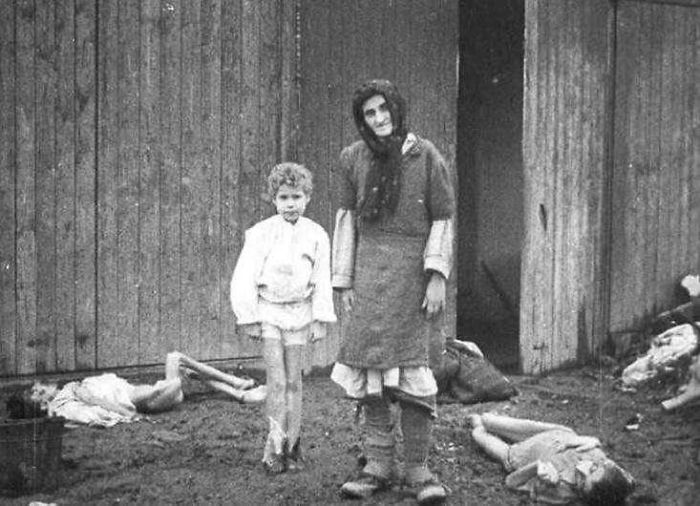
Horryfying Truth About Everyday Reality Of Auschwitz – Testimony Of An Auschwitz Survivor
Auschwitz is a particularly important spot on the map of Poland. It is a museum of remembrance, and a unique memorial for those who died in the name of cruel Nazi ideology. Nowadays, there are not too many witnesses of the tragic events that took place behind the camp’s walls. Lidia Maksymowicz, an amazing woman and a former prisoner, is one of them. (Auschwitz survivor stories) Stories of a woman who survived Auschwitz illustrate terrifying evidence of the hell, inhumanity, martyrdom and heroism of the prisoners who faced death on a daily basis.
Auschwitz-Birkenau – Hell on Earth: Testimony of an Auschwitz Survivor (with English Subtitles)
KL Auschwitz was the biggest extermination camp in the history of mankind. It is a symbol of genocide and horror, but also a memorial for the victims who were brutally murdered. The camp was opened in 1940 as Auschwitz I. Two years later in Brzezinka, a village located close to Oświęcim, Auschwitz II was set up. Until 1945, nearly 1.5 million people lost their lives there – Jews, Poles, Gypsies and people of other nationalities. It was mainly the elderly, women and children who were sent to Birkenau.
KL Auschwitz I and Auschwitz II are two of the most visited places in Poland. The Museum, opened right after the end of WWII, commemorates the victims of the tragic period of the war and the Nazi stigma attached to the deaths of millions of innocent people. Even today, we can listen to the horrifying stories of Auschwitz survivors. It is worth hearing them from those who witnessed the hell that people inflicted on others in the name of a cruel ideology.
Auschwitz survivor stories – Lidia Maksymowicz’s Memories
Image credits: discovercracow.com
Lidia Maksymowicz, an Auschwitz-Birkenau survivor, is one of the few people who are still alive and who endured the hell of a concentration camp. She continues to share the truth about the life in the camp and the extremely difficult camp reality in which death occurred daily. Mrs. Lidia Maksymowicz was sent to the camp in Brzezinka with her family when she was a little child. Almost immediately after arrival, she was separated from her mother, and grandparents who were sent directly to the gas chamber.
A cattle wagon and the rails to the Auschwitz gates
Image credits: discovercracow.com
This is how people were transported to the concentration camp.
Newly arrived prisoners in Auschwitz
Image credits: discovercracow.com
Life in a concentration camp was especially hard for the youngest children. Toddlers, brutally separated from their parents, were treated as cruelly as adults.
A crowded barrack
Image credits: discovercracow.com
The children slept in wooden barracks, on straw-stuffed bunks, covered only with light blankets which were so dirty that they were stiff.
The victims of starvation in Auschwitz
Image credits: discovercracow.com
“We were given a slice of bread in the morning or in the evening and soup at noon. It was a brown mash with peels from the kitchen where separate meals were prepared for the camp staff”, recalls Mrs. Lidia Maksymowicz. The children, fed with leftovers from the camp staff’s meals, quickly learned how to fight for food. The stronger ones tore food away from the weaker ones, desperately trying to relieve their own hunger. They all new that friendship did not exist in the camp reality.
Mengele’s Twins
Image credits: discovercracow.com
Doctor Mengele, called the “Angel of Death”, was one of the people who scared children the most. Lidia recalls: “The children, even the little ones, quickly learned that they had to hide in the darkest corner, under the bunks, whenever doctor Mengele’s team entered. Even the little children knew that the man was scary.” That extremely cruel man, deprived of feelings, performed inhumane experiments on people with disabilities, women and children, especially twins. Mengele’s practices caused irreversible side effects and led to acute disabilities. They very often led to painful death.
Dead March and survivors
Image credits: discovercracow.com
Lidia particularly remembers one of the events that occurred in the concentration camp life. It was when she had to bid farewell to her mother just before the camp’s liberation in January 1945. Several days before the arrival of the Soviet Army, the “Death March” commenced. The last group of people who did not fit into the bovine carriages had to walk 60 km from Auschwitz to Wodzisław where a platform was waiting for them to depart to Ravensbruck Concentration Camp.
Auschwitz Concentation Camp survivors
Image credits: discovercracow.com
Lidia recalls: “My mother, in all that madness, all that mess, runs into the children’s barrack and reminds me several times to remember my name, origin and age, because she has hope and promises me that she will come back here and take me with her. However, unfortunately, she could not make it.” It was Mrs. Lidia Maksymowicz’s final farewell to her beloved mother.
The Tragedy of the People Locked behind the Auschwitz-Birkenau Camp Walls
Image credits: discovercracow.com
The stories of Lidia Maksymowicz, one of the Auschwitz survivors, are evidence of the hell, cruelty and savagery faced by the concentration camp’s inmates. Here, innocent people – men, women, the elderly, disabled, and children were irrevocably, brutally and cruelly murdered. Children for whom life had just begun. It is time to learn the story of those who experienced hell on Earth.
298views
Share on Facebook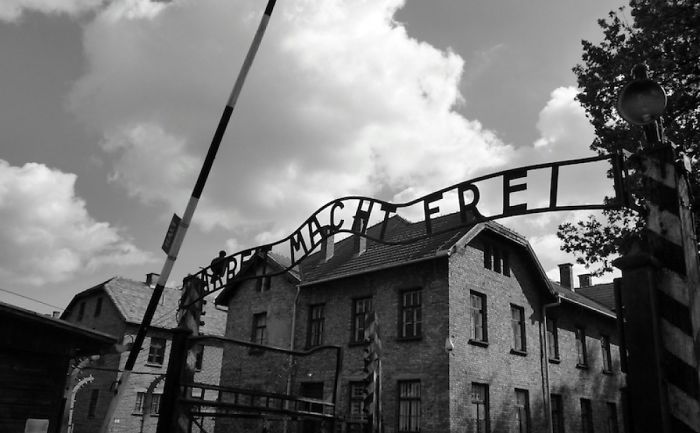
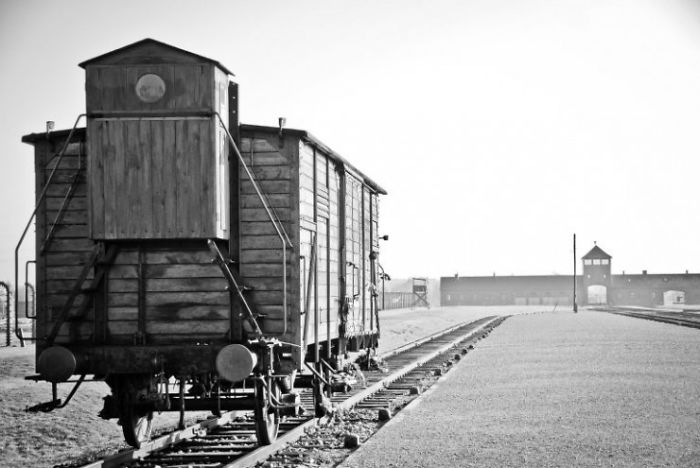
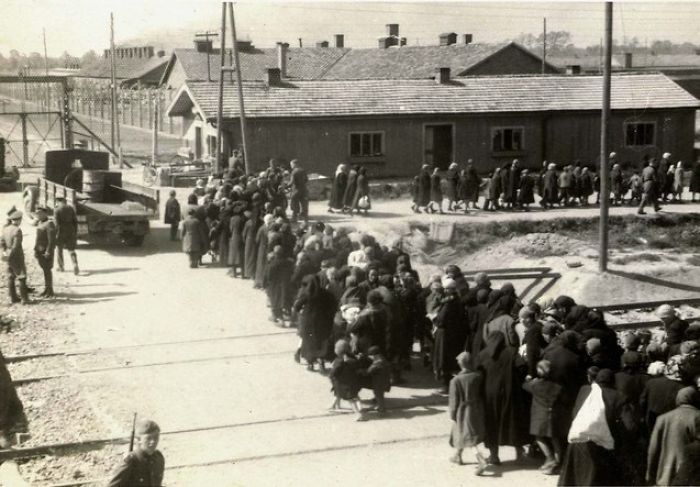
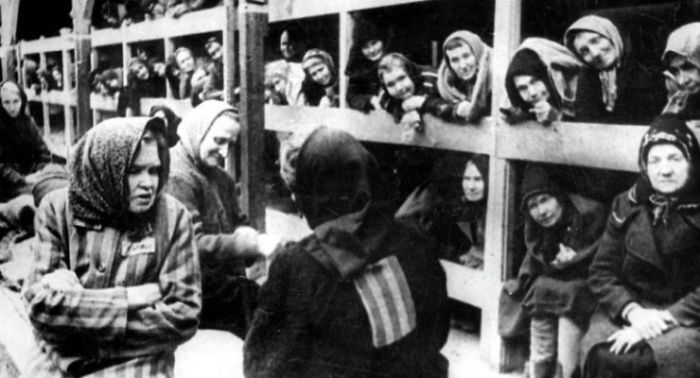
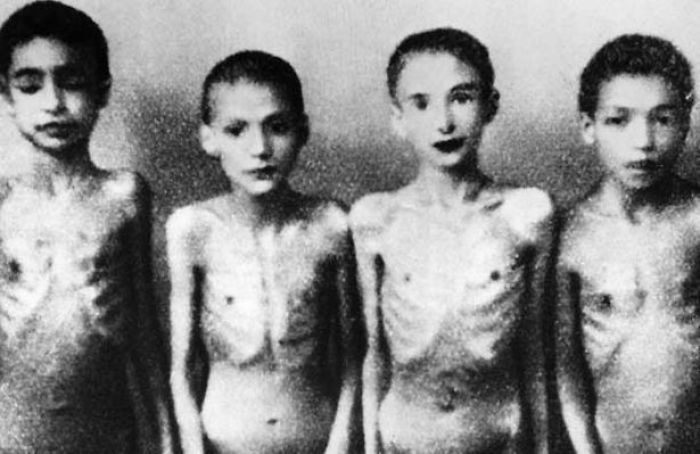
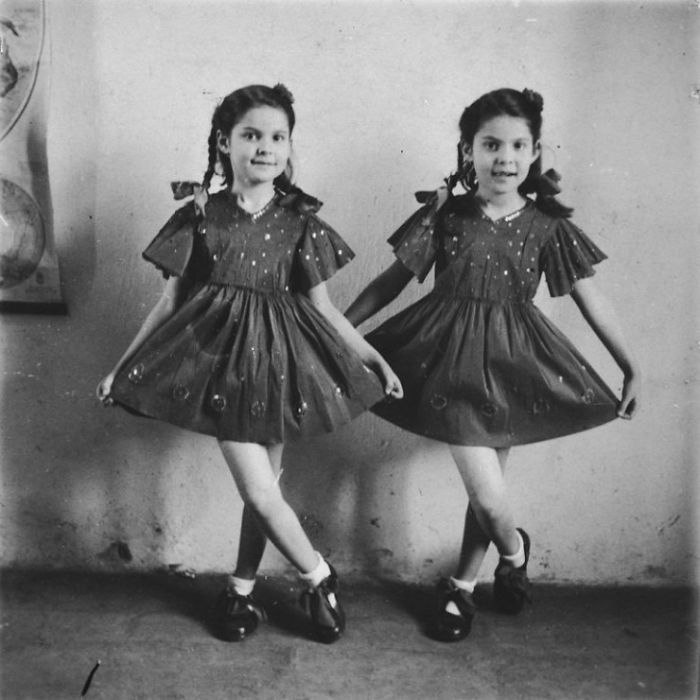
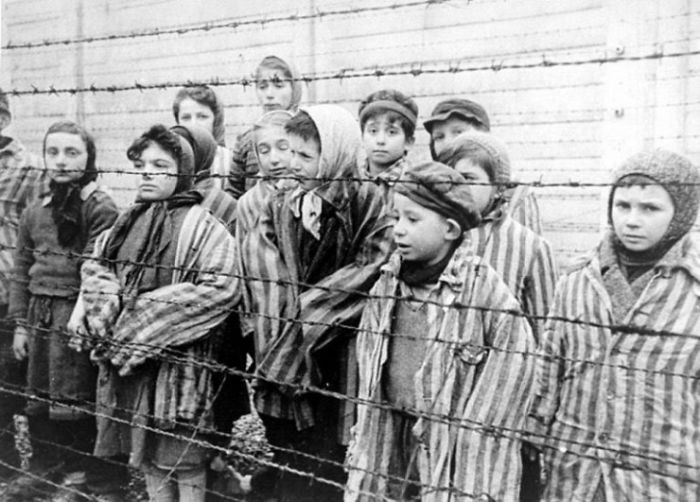
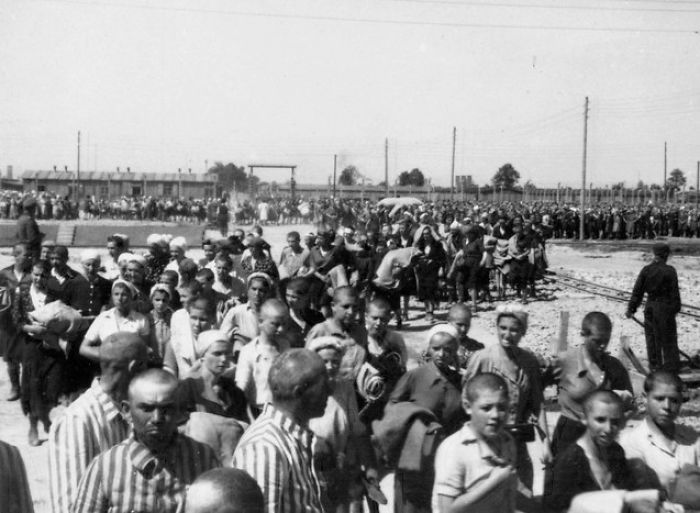



5
0